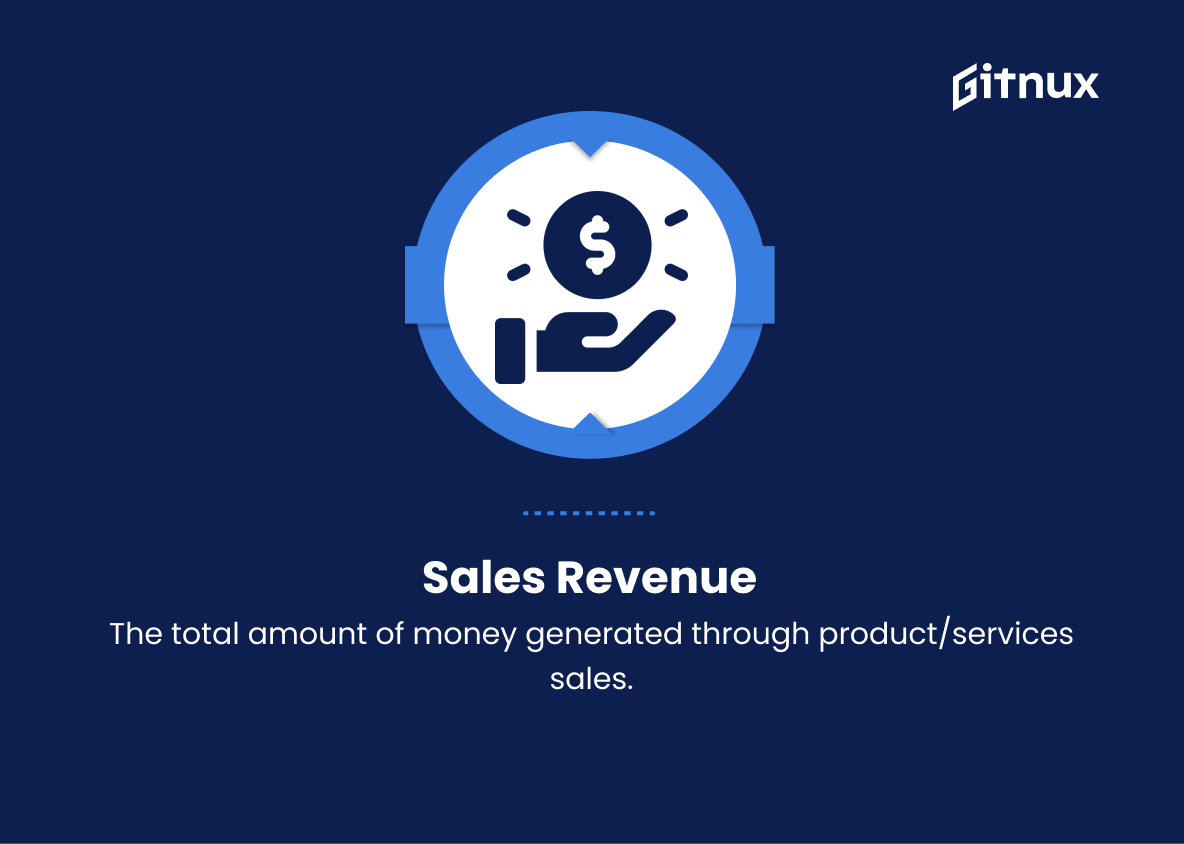In an increasingly data-driven world, the significance of robust, accurate, and relevant metrics cannot be overstated. In fact, they have become indispensable tools that help us assess the performance, efficiency, and progress of various aspects of our lives, from business operations to lifestyle choices.
In this thought-provoking blog post, we delve into the realm of “Dei Metrics,” exploring its nuances, implications, and potential to transform decision-making and strategy development. Join us as we embark on a journey to demystify these critical measurements, examine their applications, and ultimately unleashing their power to drive positive change and growth.
DEI Metrics You Should Know
‘Dei Metrics’ might be a misinterpretation of the term you’re looking for. If you meant ‘Key Metrics,’ I can provide you with a list of KPIs (Key Performance Indicators) and their brief explanations below:
1. Sales Revenue
The total amount of money generated through product/services sales.
2. Net Profit Margin
The financial profitability of a business, calculated as net profit divided by total revenue.
3. Gross Margin
Measures the percentage of revenue that exceeds the cost of goods sold (COGS).
4. Operating Margin
Illustrates the proportion of revenue remaining after deducting operating expenses.
5. Customer Acquisition Cost (CAC)
The total cost of acquiring a new customer, including marketing, sales, and other related expenses.
6. Customer Lifetime Value (CLV)
The projected net profit a company generates from a customer throughout their lifetime business relationship.
7. Return on Investment (ROI)
The profitability ratio that measures the return on an investment compared to its cost.
8. Churn Rate
The percentage of customers lost within a given period.
9. Retention Rate
The percentage of customers retained over time without considering new customer acquisition.
10. Conversion Rate
The percentage of users who complete a desired action (e.g., purchase, sign-up) out of the total number of visitors to a website or application.
11. Engagement Rate
The ratio of interactions (likes, comments, clicks, etc.) to the total number of users, typically related to social media or marketing campaigns.
12. Organic Search Traffic
The number of visitors to your website from search engines without the assistance of paid advertisements.
13. Bounce Rate
The percentage of single-page visits in which the user left the website without taking further action.
14. Employee Turnover Rate
The percentage of employees who leave an organization during a specified time frame.
15. Time to Market
The duration of time it takes for a product or service to move from concept to market launch.
These metrics may not apply to every business or industry, but they generally serve as a foundation for understanding essential business performance indicators.
DEI Metrics Explained
Key Metrics, such as sales revenue, net profit margin, and customer acquisition cost, are crucial for businesses as they help gauge the performance and growth of a company. By tracking and analyzing these metrics, organizations can make better-informed decisions, identify areas requiring improvement, and uncover potential opportunities for expansion.
Additionally, these metrics enable companies to assess their marketing effectiveness, customer satisfaction, and product or service adoption rate. Furthermore, monitoring employee turnover and time to market can provide valuable insights into how well a company nurtures its workforce and manages its product development processes. Overall, keeping track of Key Metrics is vital in understanding the health and success of a business, ensuring its long-term viability, and making data-driven decisions.
Conclusion
In summary, Dei Metrics plays a vital role in providing valuable insights, effective tools, and data-driven strategies to optimize performance and achieve exceptional results in today’s rapidly evolving landscape. By embracing the full potential of Dei Metrics, businesses, organizations, and individuals alike can make more informed decisions, enhance efficiency, and navigate the complex world of data with ease and confidence.
Moving forward, it’s essential to continue exploring and mastering the dynamic capabilities of Dei Metrics, as leveraging these powerful resources will undoubtedly contribute to enduring success, groundbreaking innovation, and sustained growth in various sectors.















